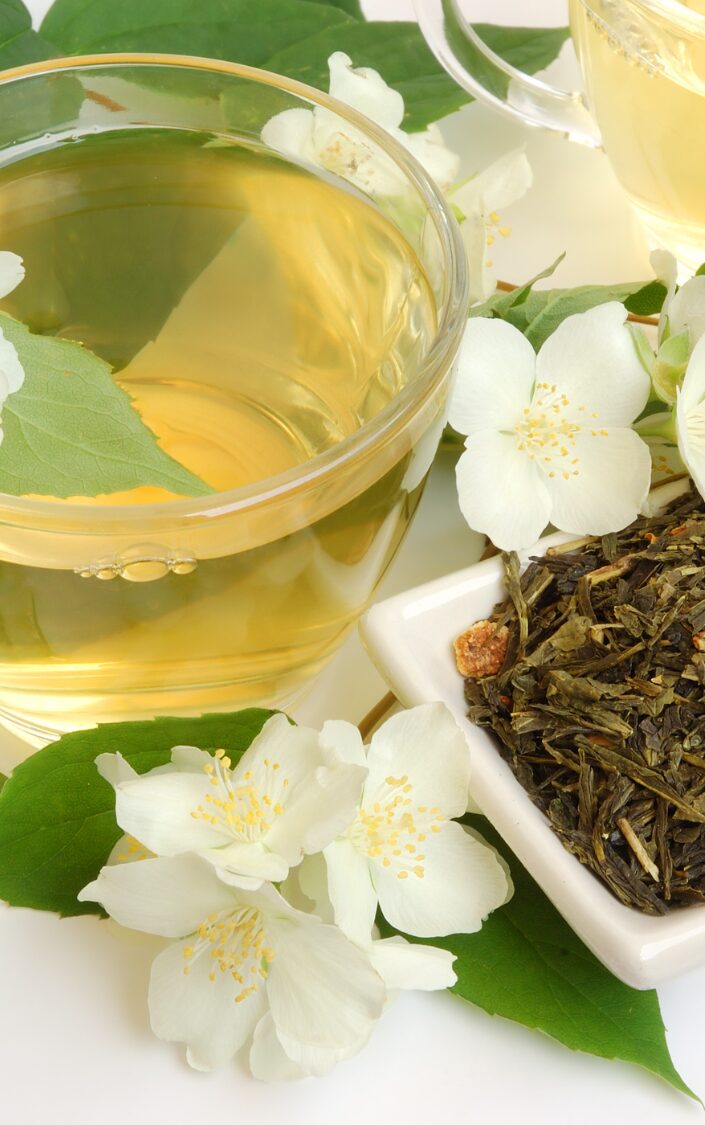Understanding Herbal Recipes

Goals in creating blends
When it comes to herbal tea recipes, the goal is to create blends that promote physical, emotional, and spiritual well-being. The art of blending herbs involves combining different plants to achieve specific effects, such as relaxation, energy boost, or digestive support.
Factors to Consider When Blending Herbs
Before creating your own herbal tea blends, consider the following factors:
- Potency: Balance the potency of your blend by adjusting the proportion of strong herbs to milder ones.
- Intention: What do you want to achieve with your blend? Do you need stress relief, relaxation, or a mood booster?
- Herbal properties: Different herbs possess unique properties that can enhance or complement each other. For example, peppermint and ginger can soothe digestive issues, while chamomile and lavender promote relaxation.
- Flavor profile: Combine herbs with complementary flavors to create a balanced taste experience.
Basic Herbal Recipe Structure
Most herbal tea recipes follow a simple structure:
- Adjuvant herbs: Include 1-2 additional herbs that provide a subtle or nuanced effect.
- Base herb: Choose a primary herb that provides the main therapeutic benefit (e.g., peppermint for digestion).
- Supporting herbs: Add 2-3 secondary herbs that complement and enhance the base herb’s properties.
Blending Herb Ratios
When blending herbs, consider the following general guidelines:
- Use adjuvant herbs sparingly (10-20%): Add these herbs to enhance or modify the blend without overpowering it.
- Start with a base ratio of 60-70%: This allows for a balanced blend while keeping the primary herb’s potency intact.
- Add supporting herbs in moderation (20-30%): Balance the flavors and effects by adjusting the proportion of supporting herbs.
Examples of Herbal Tea Recipes
Here are a few examples of herbal tea recipes you can try:
Digestive Blend:
- 60% Peppermint
- 20% Ginger
- 10% Chamomile
Relaxation Blend:
- 60% Lavender
- 20% Valerian root
- 10% Passionflower
Energy Boost:
- 60% Ginseng
- 20% Yerba mate
- 10% Guarana
Experimenting with New Blends
Experimenting with New Blends
Remember, herbal tea blending is an art that requires experimentation and flexibility. Don’t be afraid to try new combinations, adjust ratios, or add your own unique herbs.
Tips for Creating Unique Herbal Blends
- Start with a theme: Choose a specific intention or benefit (e.g., stress relief, sleep aid).
- Consult herbal texts: Study traditional herbalism books and online resources for inspiration.
- Experiment and adjust: Test different blends and make adjustments based on your personal preferences and needs.
By understanding the principles of herbal tea blending and experimenting with new recipes, you’ll unlock a world of flavorful and therapeutic herbal teas that cater to your unique needs and preferences!

